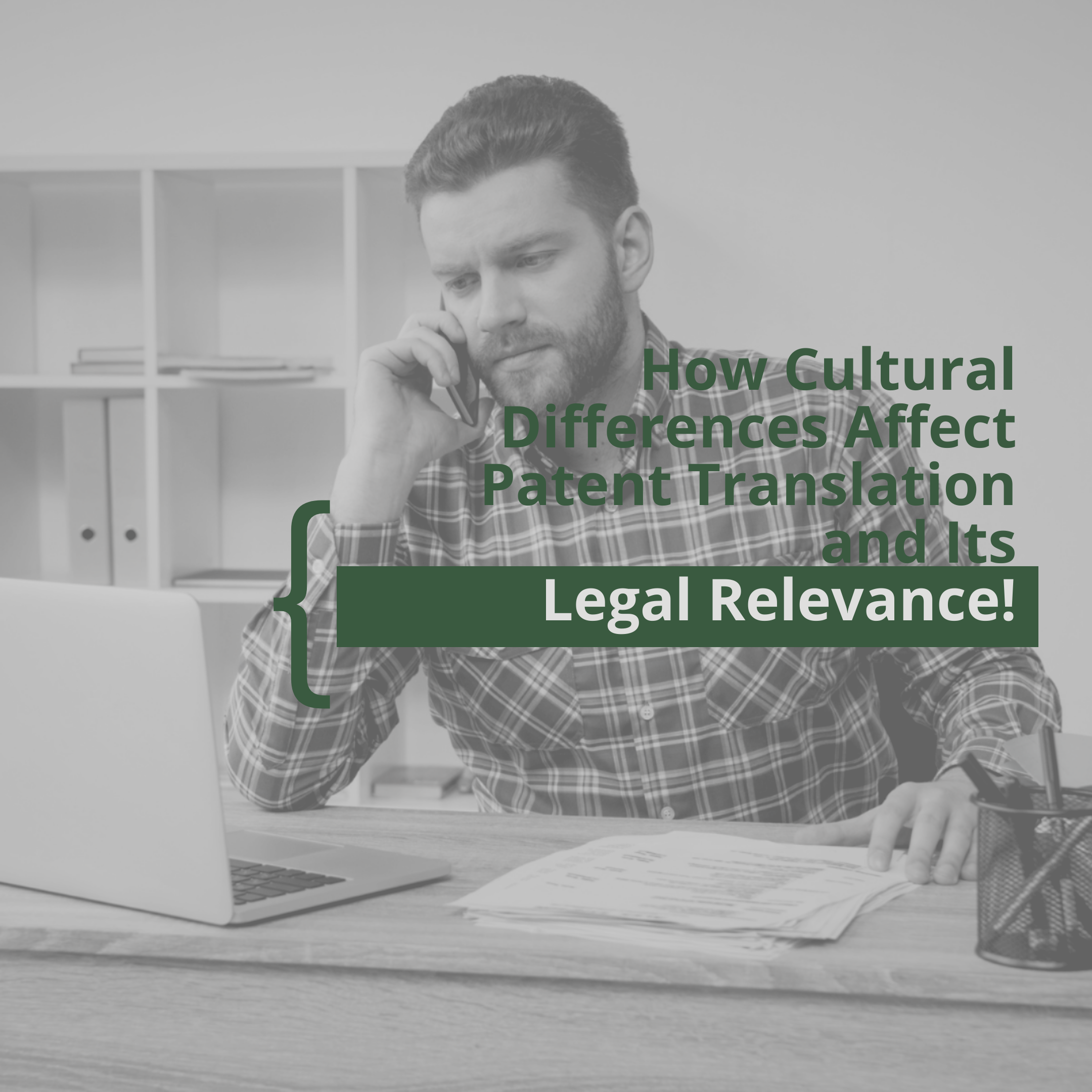Technology plays a crucial role in the field of patent translation, becoming an indispensable element for the success and efficiency of this highly specialized process, which involves the precise and meticulous conversion of complex documents, requiring, among other things, a thorough understanding of both the source and target languages. In this context, computer-assisted translation (CAT) and artificial intelligence (AI) tools have played a key role.
These technologies make it possible to automate routine tasks, helping to detect and translate specific technical terminology and standardize translated documents. Automation not only speeds up the translation process, but also reduces the likelihood of human error, enabling greater consistency accross translations.
In addition, speed is crucial when translating patents. Protection time is a determining factor for innovation and the competitiveness of companies in the global market, since any delay in translating patents can even result in the application not being filed within legal deadlines.
In short, technology plays a vital role in patent translation, improving efficiency, terminological consistency and the speed of the process. CAT and AI tools are essential allies for companies seeking to contribute to the protection of intellectual property assets in an increasingly competitive and globalized world.
Want to learn more? Follow our page!
Or want to request a quote? Click here.


